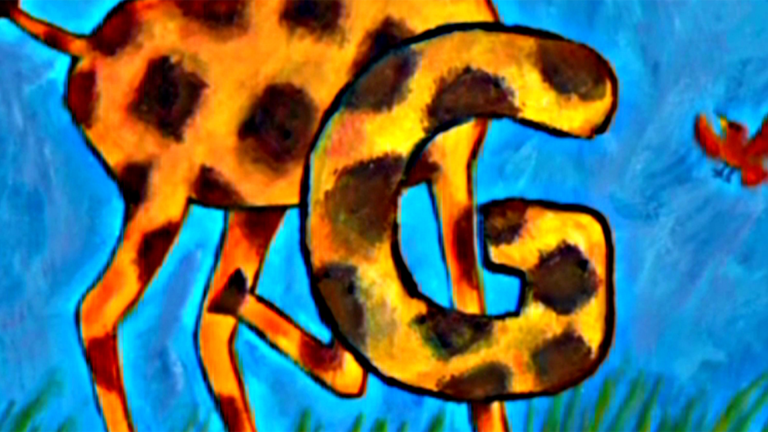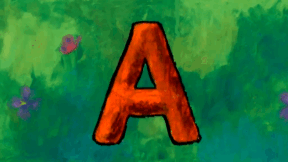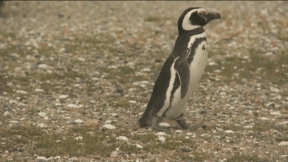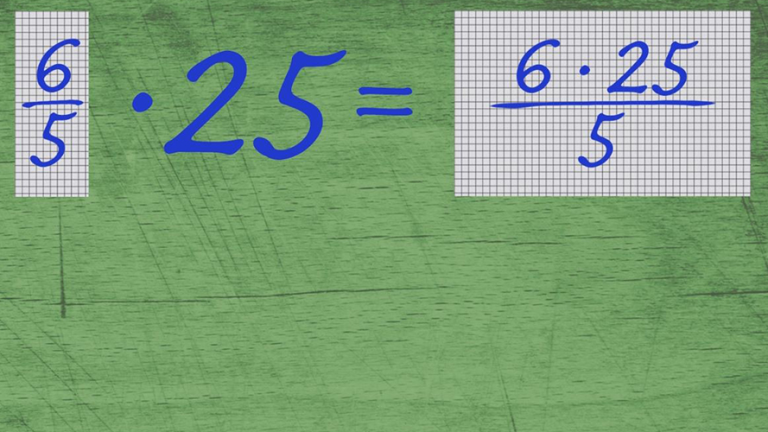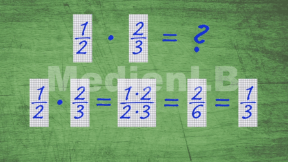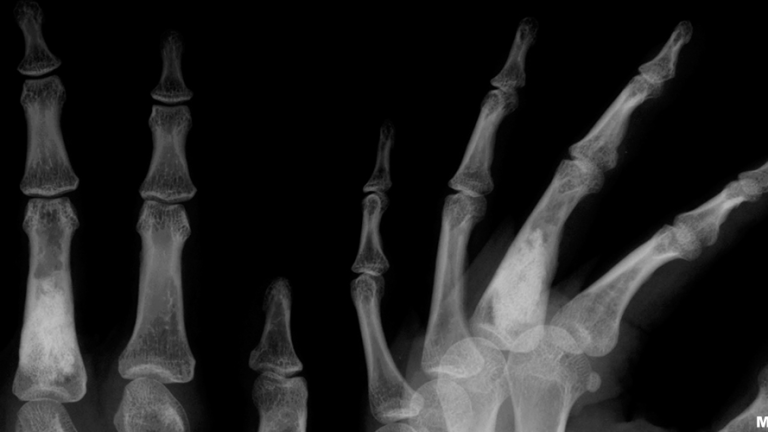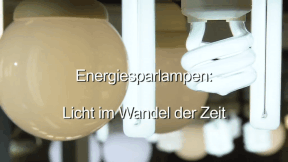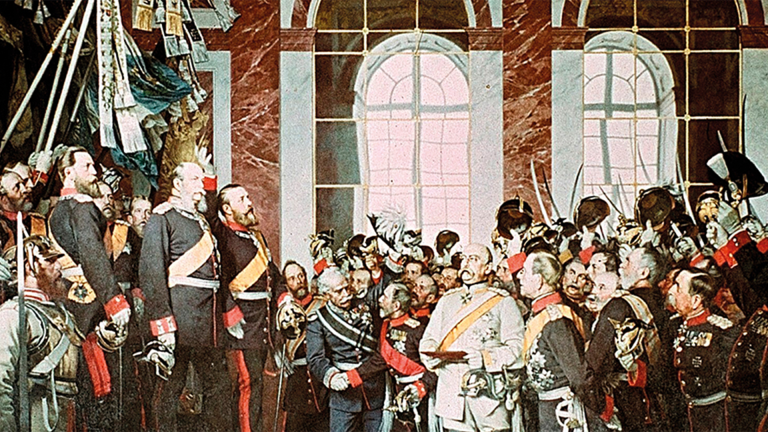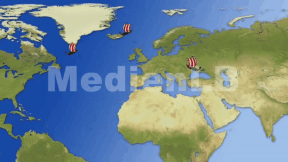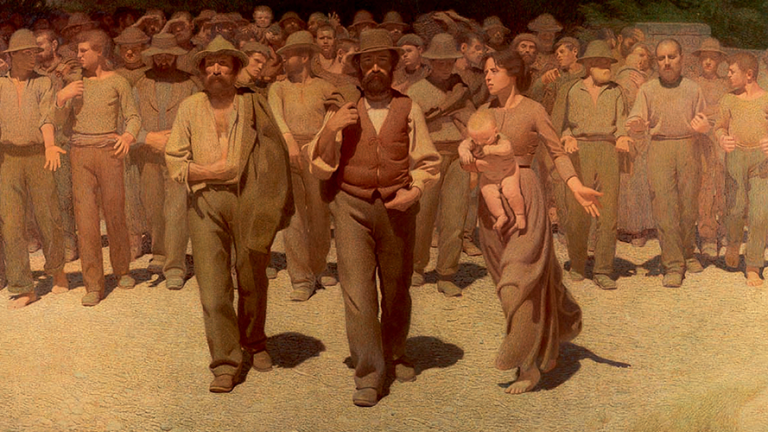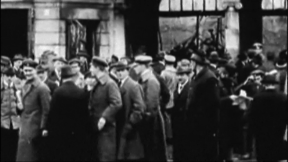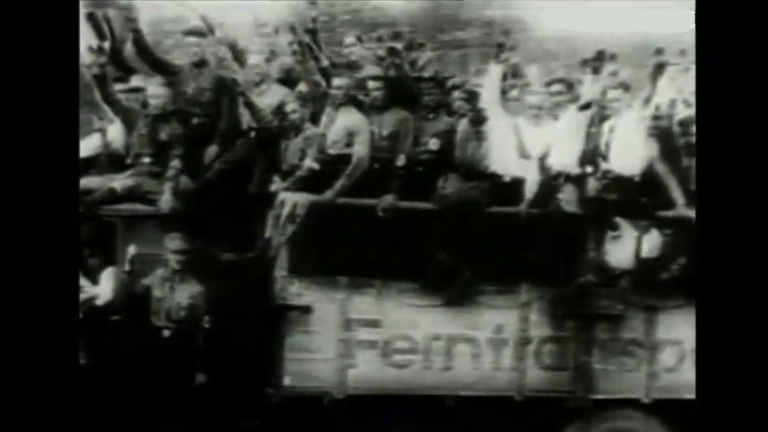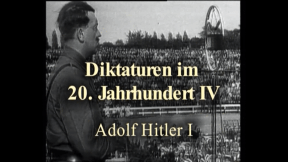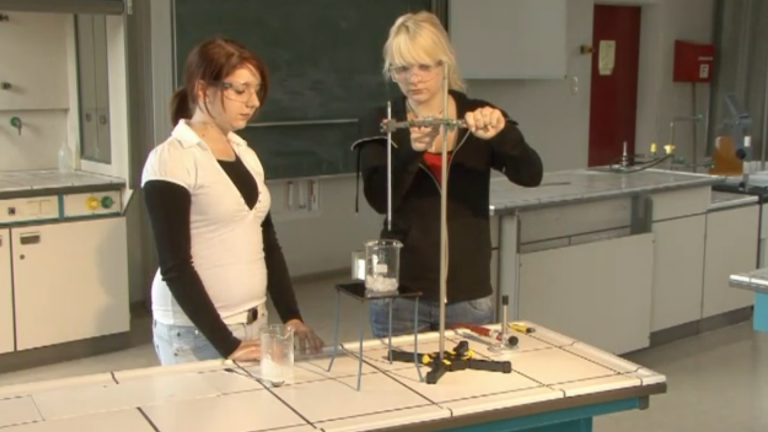Suche:
- # Artistry
- # Biology
- # Chemistry
- # Ecological
- # Economy
- # English
- # Foreign Language
- # Geography
- # German
- # Health
- # History
- # Informatik
- # Latin
- # Mathematics
- # Media Education
- # Music
- # Physics
- # Politics / Civics
- # Preschool
- # Primary School
- # Religion
- # Society
- # Sports
- # Technology
- # Training of Teachers
- # Vocational Education
A wie Affe, B wie Bär
Wir, Tiere der Welt, manche groß, manche klein, laden dich ganz herzlich zu uns ein.
Learn morePenguins
When we hear the word “penguin“, we immediately think of animals living in the cold and ice world of Antarctica near the South Pole. However, this is not the whole truth. All of the various species of penguins do indeed live in the Southern Hemisphere but their habitats are not limited to the Antarctic region.
Learn moreX-Radiation
They are enormously rich in energy and easily penetrate the body but in spite of this, we can neither see nor feel them: X-rays work in secret.
Learn moreFootball
Football is fun and fascinates people all over the world. Whether professionals or amateurs, male or female, players fight for each ball and for victory. Football is played internationally in accordance with uniform rules. These are clearly explained in the film. What do the markings on the pitch mean? When is there a goal kick, when a free kick, a penalty kick, a throw-in etc.? We see the referees at work and learn about the meanings of their signals.
Learn moreEnergy-saving Lamps
Energy-saving lamps are energy-efficient illuminants which will step by step replace energy-intensive illuminants. This replacement has been laid down in an EU framework directive. This directive has resulted in two laws, according to which, for example, conventional light bulbs are to be replaced by energy-efficient lamps such as compact fluorescent or halogen lamps.
Learn moreOtto von Bismarck
Otto von Bismarck war der prägende Staatsmann im Europa der zweiten Hälfte des 19. Jahrhunderts. Seine Persönlichkeit, sein innen- und außenpolitisches Handeln und die Bewertung durch die Nachwelt sind indes sehr widersprüchlich.
Learn moreLabour Movement in Germany
In 1815, after the end of the Napoleonic wars, Europe reinvented itself. The Congress of Vienna created new states and changed a great number of borders. After the devastating war years, now a deceptive peace was reigning and people could focus on normal life again.
Learn moreDictatorships in the 20th Century IV
Within just a few years, Adolf Hitler succeeds in transforming the young democracy of the Weimar Republic into a dictatorship. With sophisticated propaganda he got millions of German citizens to vote for him. He achieved dictatorship and started the 1st World War – driven by his anti-Semitic ideas and the vision of making Germany the ruler of the world. This film provides information on Hitler as a person. How this Austrian boy with an utterly ordinary childhood, whose dream it was to be a painter one day, grew into the man that turned half the world into piles of rubble.
Learn moreChemie im Haushalt
Backen, Abwaschen, reinigen, – ganz normale Tätigkeiten im Haushalt. Dazu nutzen wir meist vielfältige Helfer wie Back- und Reinigungsmittel. Die Allgegenwärtigkeit von Chemie und der damit verbundenen chemischen Reaktionen sind uns oft nicht bewusst.
Learn moreBasics of Chemistry I
We are surrounded by objects and substances. We recognise objects that are to serve a specific purpose by their shapes. Similar objects may consist of different materials or substances. Substances, however, are independent of shapes and possess very specific properties. We are able to perceive many of these substances with our senses. For example, we can see, touch or smell them so as to be able to recognise them. Chemists are particularly interested in those substance characteristics that can be measured. On the basis of these measurable properties they can distinguish between substances, identify a specific substance or test it for special use. Models help us to understand phenomena. They depict only specific elements of our reality, thus presenting the world in a simplified way. The spherical particle model, for example, helps us to understand how a scent spreads all over the room or substances disperse in water.
Learn more



